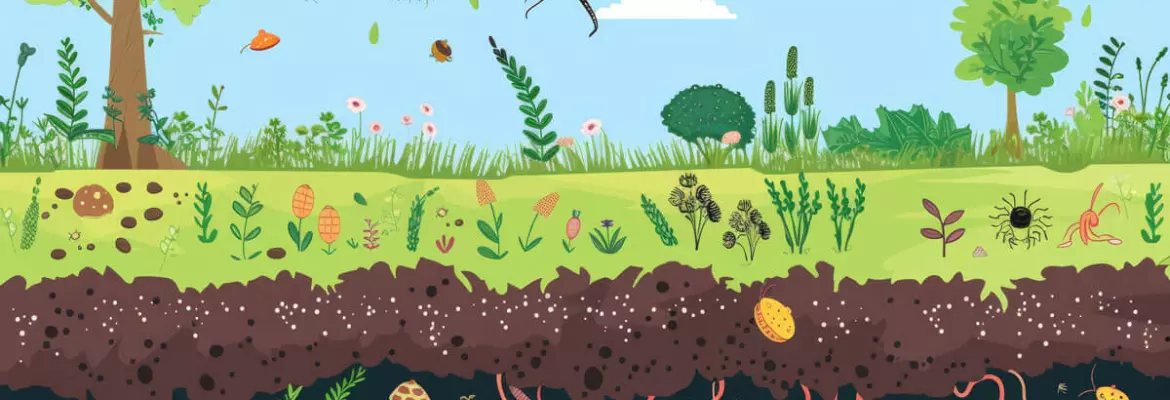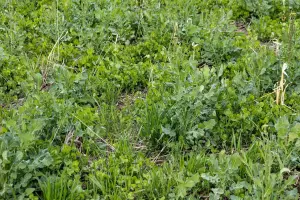
The concept was developed in the 1970s, however, there is no real consensus on how to define this type of farming. It could be classed as sustainable agriculture and includes elements of other types of agriculture, such as agro-ecology, soil conservation agriculture, organic farming and permaculture. It is considered as a distinct branch, though, and is gaining international recognition.
Defining regenerative agriculture by its goals
Regenerative agriculture is defined not by its practices and rules, like other types of agriculture with similar concepts, but by its objectives. The notion of soil regeneration is key in its definition.
It has three main goals:
- Increasing biodiversity.
- Strengthening ecosystem services, particularly relating to the soil, through carbon fixing.
- Maintaining farm productivity.
Integrating plant systems with animal life is of prime importance. To achieve the three goals, farmers can change methods gradually, depending on their needs, and with the emergence of technological innovations.
Regenerative agriculture excludes no agricultural practices, neither in terms of soil preparation, such as ploughing, nor in the use of plant protection products against pests, chemical fertilisers, irrigation, or the use of GMOs (genetically modified organisms). Nevertheless, certain techniques are encouraged in order to replace practices used in conventional agriculture. These include direct seeding, increasing soil fertility, organic matter, and water retention, limiting erosion, and planting hedgerows.

An organic farming label
A « Regenerative Organic Certified » label, or « ROC » was created in the US. The "Regenerative Organic Alliance" (ROA) created the specifications for certification. It was implemented in 2017 by a group of farmers, business leaders, and soil health experts. Farms as well as textile, food, and cosmetic-ingredient companies can get certified. The specifications for farms include:
- 3 pillars: soil health, animal well-being, and social equity.
- 3 levels: bronze, silver, and gold, which correlate with the percentage of regenerative organic farmland (over 10%, 50%, or 100% of land, respectively).
Currently, there is no certification for non-organic regenerative agriculture.
How the method came about
The regenerative agriculture concept was invented in the 1970s. It was made popular in the 1980s by Robert Dale, son of the founder of the Rodale Agronomic Institute for Organic Agriculture in the USA. He considered that regenerative agriculture had to meet 3 criteria, captured in his mantra: healthy soil, healthy food, healthy people. His vision of regenerative agriculture was guided by seven principles: pluralism, protection, purity, performance, peace, potential, and progress. In recent years, this concept has gained in scientific popularity internationally.
Sources:
- https://portal-cdn.scnat.ch/asset/8b6d3932-cab9-59c1-8564-c65cc9760fc3/2022_44_Regenerative_agriculture_in_Europe.pdf?b=bb1ec51a-c971-5e60-8251-e15de766cca9&v=9a8dc2cc-4baf-51fb-9435-04cc950e4a54_0&s=YhWuHnb-_O4DSFd2r33G75n03AeQXC76s7v3b5uvFpMnDR_LNrC7hkLHDqSRJiMvfciid8sUTbVZJr4AQxaCItLUmMQkYx98KyP4tsFGukpUMCzo2k2wNooK8g2MswKToPYjNOkoFTgozWgAQ0Q_bHr4Rz9gwHlpu_ppM9PlpA0
- https://regenorganic.org/our-story/
- https://lordingtonparkagronomy.co.uk/robert-rodale-regenerative-agriculture-uk-soils/
